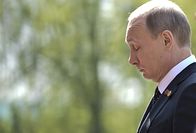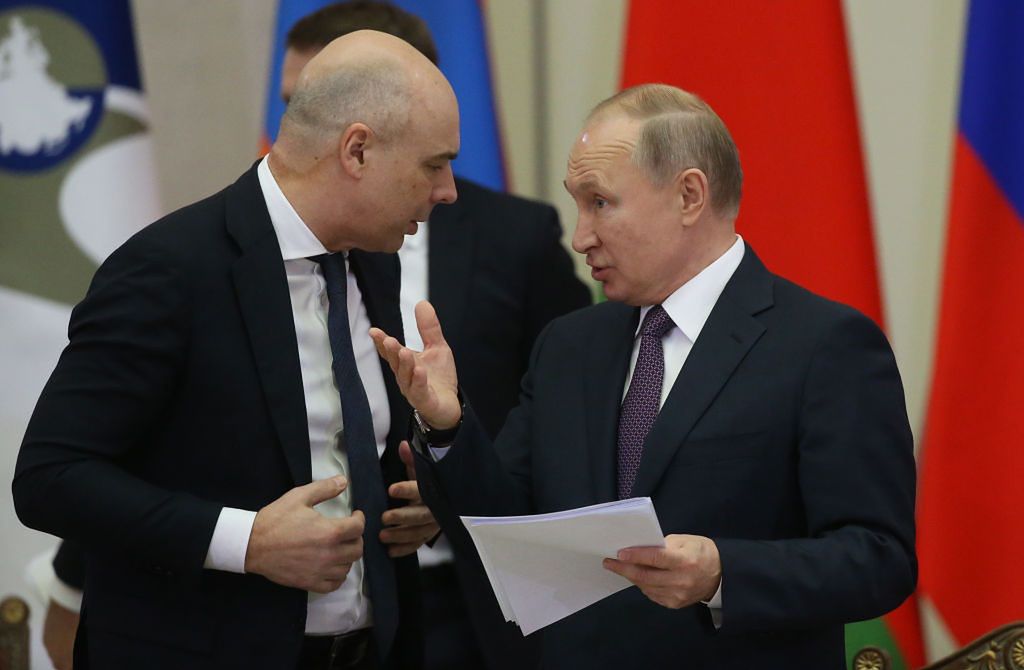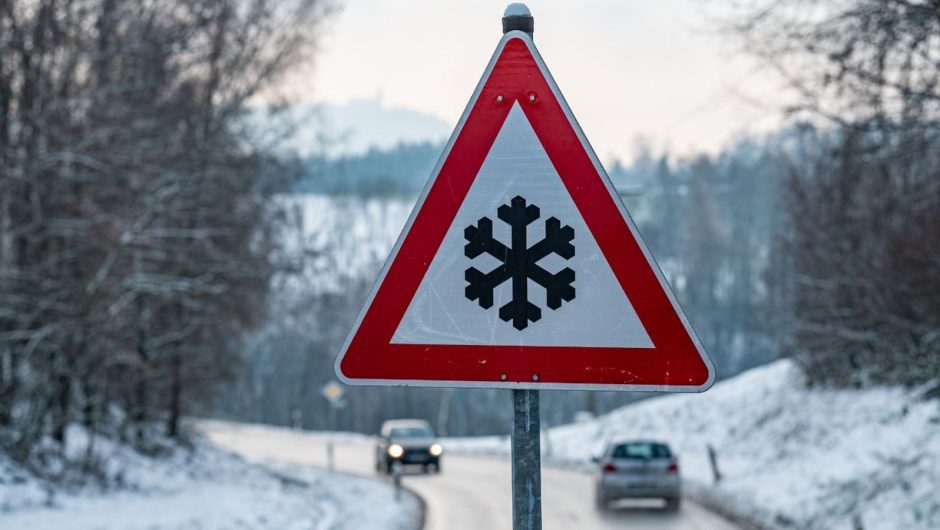The US Treasury has not yet renewed the license allowing the Russian Federation to repay its foreign debt And the interest on these receivables. The license expired on May 25. In this way, the United States wants to force the Kremlin to declare bankruptcy, since it will have no means to repay its foreign debt.
– We have no problems when it comes to the availability of financial resources to service the public debt. Regarding the possibility of making payments, we are following what was announced by the Ministry of Finance – we will pay in rubles – said the head of the Central Bank, citing RIA Novosti.
The Kremlin, wishing to take the lead in this difficult situation, is proposing a new mechanism that would allow debt repayment.
This is how Moscow wants to avoid fate
This was confirmed by Russian Finance Minister Anton Siluanov Moscow will continue to repay the sovereign debt in rubles.
– Payments will be made through the National Settlement Deposit (NSD), and the recipient of the money will be able to exchange the ruble for the originally planned currency – said the Minister of Finance, citing the Russian news agency.

The lack of a US license is not the Kremlin’s only problem. On May 27, Russia will have to repay its obligations in the form of dollar bonds maturing in 2026 and euro bonds maturing in 2036.
The rest of the article is below the video
See also: See also: Specialized comments on Putin’s body language. “He’s definitely not healthy.”
According to Bloomberg, In the case of the first debt securities, Russia has the option to repay obligations in dollars, euros, Swiss francs or sterling only to accounts in Switzerland, Great Britain or the European Union. If Russia repays its dollar bonds in rubles, rating agencies will treat it as a default in government bonds. This means Russia’s technical bankruptcy.

Russia’s technical bankruptcy – what does it mean
The Polish Economic Institute argued in its analysis that Technical bankruptcy does not mean that Russia will stop paying pensions or salaries to the public sector The state will still be able to pay the obligations in the national currency. Russia’s creditors are likely to start arbitration proceedings, which could lead to the confiscation of Russia’s frozen foreign assets, but it will be a lengthy process.

Russia has failed to fully repay its foreign debt only once in its history. This happened in 1918 after the Bolshevik Revolution (1917), when the new regime completely canceled the debts that had been incurred during the tsarist era.


“Music specialist. Pop culture trailblazer. Problem solver. Internet advocate.”





